The main expected outcome and impact of DACWEED is to reduce the agrochemicals in the agriculture production. In this way, through automatic detection of weeds and intelligent specific sprayer to provide a healthier and safer food chain. In addition, this system is based on the ISOBUS communication protocol (ISO11783) in agricultural machinery. Since ISOBUS is implemented in current tractors and is open source code any farmers with ISOBUS in his tractor could make use of this system.
DACWEED had two funding periods under EIT Food programs: January 2020 - December 2020 and January 2021- December 2022. The first was to focus on computer implementations, such as: making weed-crops dataset, training convolutional neural networks (CNN), automatic weed detection and weed species classification to control intelligent sprayer. The selective weed system was implemented on the tractors and the sprayer machine through ISOBUS protocol.The second period improved the CNN and it also has implemented ISOBUS control of mechanical weeding implements.
The main expected outcome and impact of this activity is to reduce the herbicide input, herbicide residues in the food chain and costs of weed control. New tractors have ISOBUS, and ISOBUS control. Section controlled booms and nozzle control are already on the market. DACWEED targets towards creating an online herbicide spraying tool only on weed infested areas. Until now there aren't any market solutions for weed identification that can use the ISOBUS communication. By creating an ISOBUS enabled platform the weed identification and the treatment decision is separated from the actual actuation. Already acquired equipment is not rendered useless, on the contrary the system can be utilised in a variety of systems. The producer will be able to utilise different vehicles or implements that he possesses and diversify his management portfolio. Areas with weed infestations below the economic weed threshold will not be treated. Furthermore, even for mechanical weed control, regulating the application intensity more accurately based on the weed intensity can originally provide some fuel savings for the farmer, but can also reduce the CO2 emissions, improve the soil quality and reduce the stress posed both to the tractor and the implement, increasing its performance and longevity. Neural networks developed in this project can also be used for other purposes, inside the cultivation such as vegetation mapping and identification of invasive weed species.
Please highlight how the project can be exemplary in this context
With Site Specific Weed Management a more precise weed treatment can be achieved with both economic and environmental benefits. Furthermore, the increasing public concern about food security and the stricter rules applied worldwide concerning herbicide residues in the agri-food chain, reduce consumer acceptance of chemical plant protection in general. SSWM is achieved by applying a treatment only on the weed patches (eg. nozzles on/off) or using a variable application. An application system consists of a weed mapping component where the presence or absence of weeds/crop, is mapped. Based on that information the implement should adjust its treatment accordingly. The integration of perception systems for the detection and control of action devices will allow a more exhaustive, and therefore effective, herbicide treatment. The use of existing tractor technology can reduce the investment price, and for mechanical treatments, it can make them a competitive alternative to chemical ones.
Please highlight how the project can be exemplary in this context
The current project combines novel components that already exist on the market. In cereals like wheat, and row crops like maize the system would site-specifically regulate mechanical weed control and perform site-specific herbicide applications. Sensor data deriving from cameras will provide the input to a Neural Network in order to i) to separate the viewed plant material to crop plants and weeds and ii) based on that information make decisions that could be iii) actuated into actions through the ISOBUS to the relevant implements or tractor movements. The integration of perception systems for the detection and control of action devices allow a more exhaustive, and therefore effective, herbicide treatment. The herbicide input was reduced, leading to safer agricultural products for the consumer and the environment, and ensuring a more sustainable agriculture.
Please highlight how the project can be exemplary in this context
The algorithms were trained to detect local species weeds in the crop fields. However Neural Networks used in DACWEED can be retrained for different types of crops and regional weed species worldwide. In addition, the system connections based in ISOBUS are standardised communication rules (ISO 11783) on the tractors around the world. For these reasons, DACWEED can be extrapolated to other regions, countries and continents.
Please highlight how this approach can be exemplary
The DACWEED project addresses the three dimensions concatenated. Because the principal focus is the chemicals reduction in the chain food. However, a selective and efficient weed control reduces the CO2 emissions, improves the soil quality and it reduces the stress posed both to the tractor and the implement, increasing its performance and longevity. These objectives will reach a more sustainable agriculture by reducing the agrochemicals in the food chain. Achieving higher quality food with less contamination for the population has a great social impact. In this way this development joins the three desired dimensions for the New European Bauhaus Awards. In addition, the system based on ISOBUS open source protocol generates a great inclusion for all farmers.
The DACWEED protocol is separated into perception systems and application tools for weed control. This means, the first step is to develop algorithms for weed identification in the field. For this object the research team already achieved accuracy values above 92 % for long groups of species of weed. These research results have been published at international conferences in agriculture (e.g. ECPA2021; López-Correa et al. 2021,etc.) as well as international journals (Peteinatos, G.et al. 2020 , Remote Sensing, 2020).
The second step is to spray herbicide only on the weed patches identified. For this objective an intelligent sprayer machine was developed. The tests in the field obtained error values in the range of 2 to 5 centimetres. The impact of saving herbicide not applied on the crops is very difficult to quantify because it depends on the proportion of weeds in the fields. However, several research works show that it is possible to save almost 80 % of the herbicide. In this way, DACWEED is implemented under open source ISOBUS protocols. Thusm this project could greatly reduce herbicides in the food chain all around the world.
Please also explain the benefits that derived from their involvement.
The increasing public concern about food security and the stricter rules applied worldwide concerning herbicide residues in the agri-food chain, reduce consumer acceptance of chemical plant protection. Herbicide applications are carried out on the entire surface of the field crop without discriminating between weed-free areas. DACWEED sprays herbicide only on the weed patches. Thus, the main benefits for the citizens and the civil society is having access to a diet with less agrochemical residue.
DACWEED directly addressed four different sustainable development goals such as zero contamination, climate change, circularity, and biodiversity.
By making intelligent and selective herbicide spraying, agriculture with less contamination is achieved. Since, there is less herbicide applied to the harvested fruits or vegetables, thus, less residual agrochemical in the chain food. No excess herbicide in the soil that could drain to the groundwater. As well as, lower consumption of fossil fuel and CO2 emissions due to work focused by the vehicles.
Site Specific Weed management allows to mitigate the expansion of the herbicide resistant weeds allowing the increase of the number of populations in the weed communities. In this way, DACWEED contributes to biodiversity in agriculture and preserve rare species.
On the other hand, the novel algorithms were trained to detect local species weeds in the crop fields. However Neural Networks used in DACWEED can be retrained for different types of crops and regional weed species worldwide. In addition, the system connections based in ISOBUS are standardised communication rules (ISO 11783) on the tractors around the world. For that, DACWEED can be extrapolated to other regions, countries and continents to achieve global goals between numerous societies.
DACWEED was developed through Robotic and Artificial Intelligence techniques in Computer Vision to detect weed patches in the field crops. The state of the art for this subject only achieved detection of plants, diseases, and problems in the crops. However, no work like the one presented in this prize call. One system that can integrate the artificial i) intelligence techniques for weed Detection, ii) robotics techniques for intelligent ACtuation and iii) sustainable herbicide control of the WEEDs. All this, under open source communication protocols as it is ISOBUS.This integration is carried out to obtain: reduction of chemical products in the food chain, reduction of food production costs, accessibility to every farmer.
Please provide clear documentation, communication of methodology and principles in this context.
DACWEED proposes developing a sensor-based system for weed recognition in combination with a standard communication protocol. Increasing regulatory constraints in terms of chemical inputs and market constraints for high-quality production are sparking the need for more precise agricultural techniques which require detailed observation of crops and weeds. Therefore, the development of automatic scoring tools is of vital importance for weed detection. Furthermore, the combination of on-the-go application implements will reduce farmer effort, increase net returns, improve yields, while reducing the amount of applied herbicide. DACWEED is showing that it can automatically identify weed plants using Neural Networks. From the economical point of view, farmers are expecting using less herbicides (expected 50 - 90% less herbicide than a traditional application) with their own, current tools (tractors and implements). In addition, lower environmental impact is expected due to a low application input. Food that reaches consumers has low chemical residues. Since the NN is also connected to a positioning system a full traceability process is implemented. Thus, treated areas and free-chemical areas in the field are poisoned which can be used for a selective harvest. Several farmer associations have contacted us in order to implement the development of DACWEED in their fields (ACOPAEX, ACOREX in Spain). Also, individual farmers have asked about the possibilities of using this technology.
Specifically, the current setup is a budget solution using RGB images acquired from a high resolution camera and the integration of the system in already commercial solutions. Thus, the farmers do not have to invest extra-money to reduce the herbicide consumption.
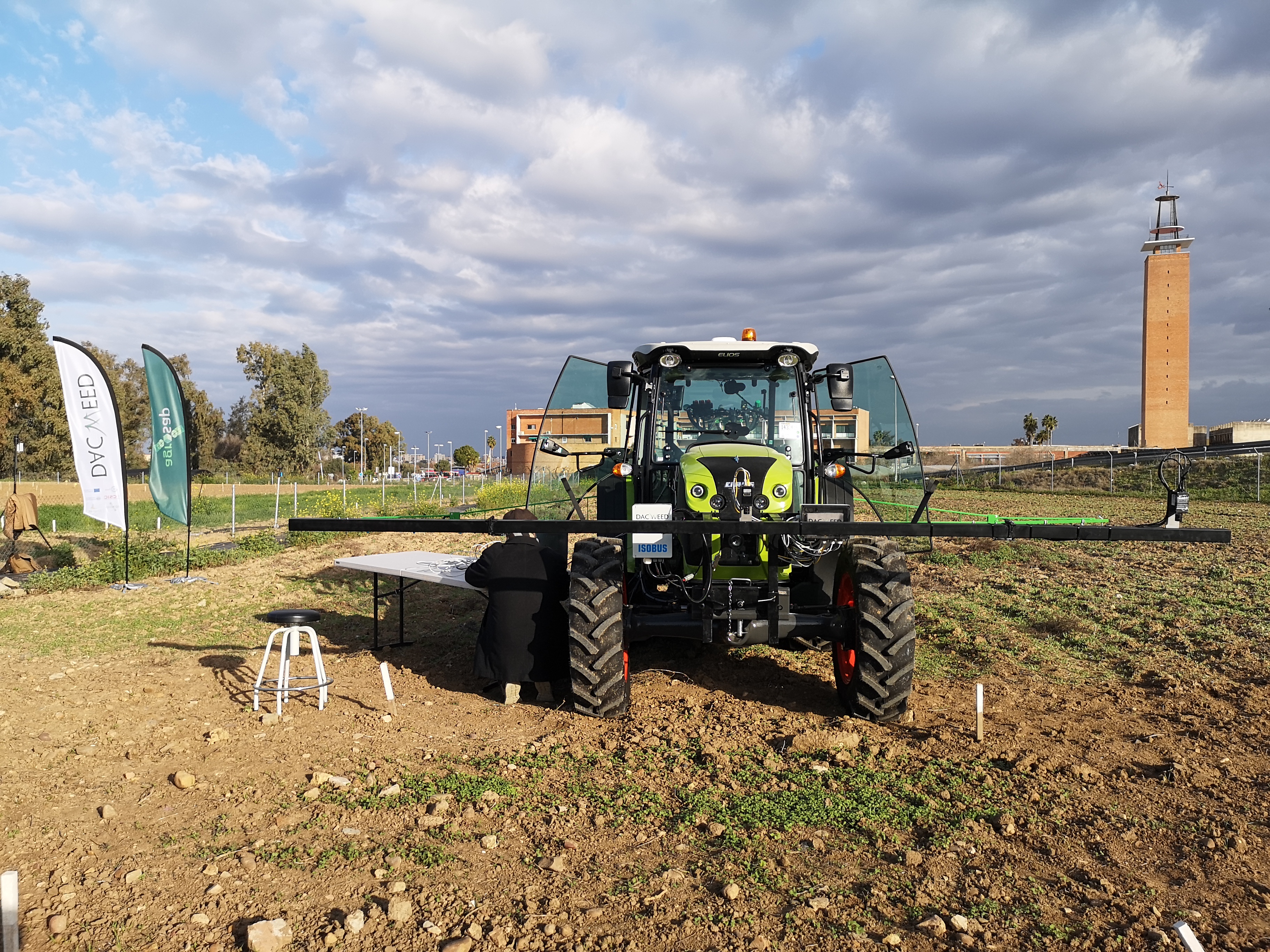
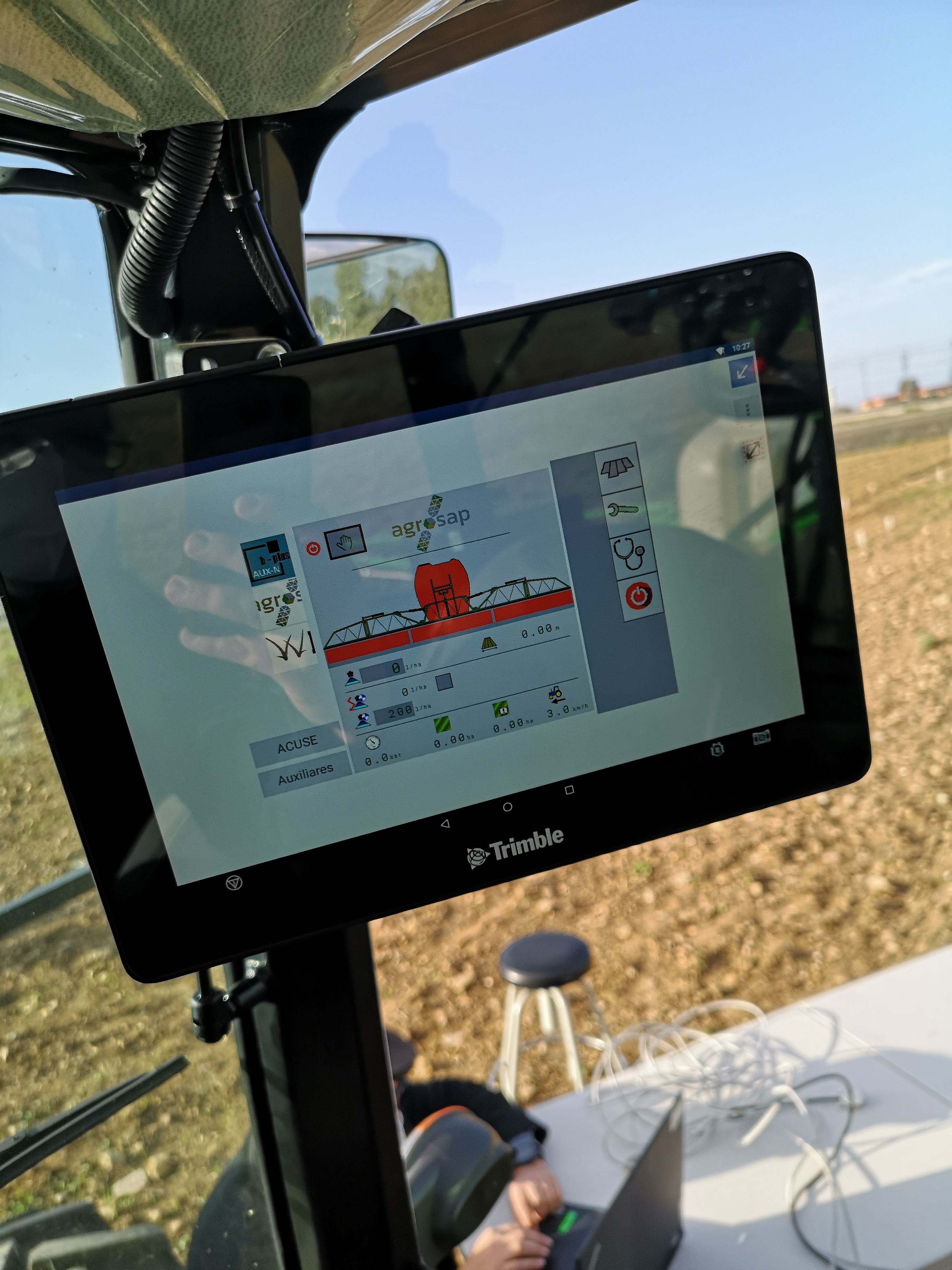
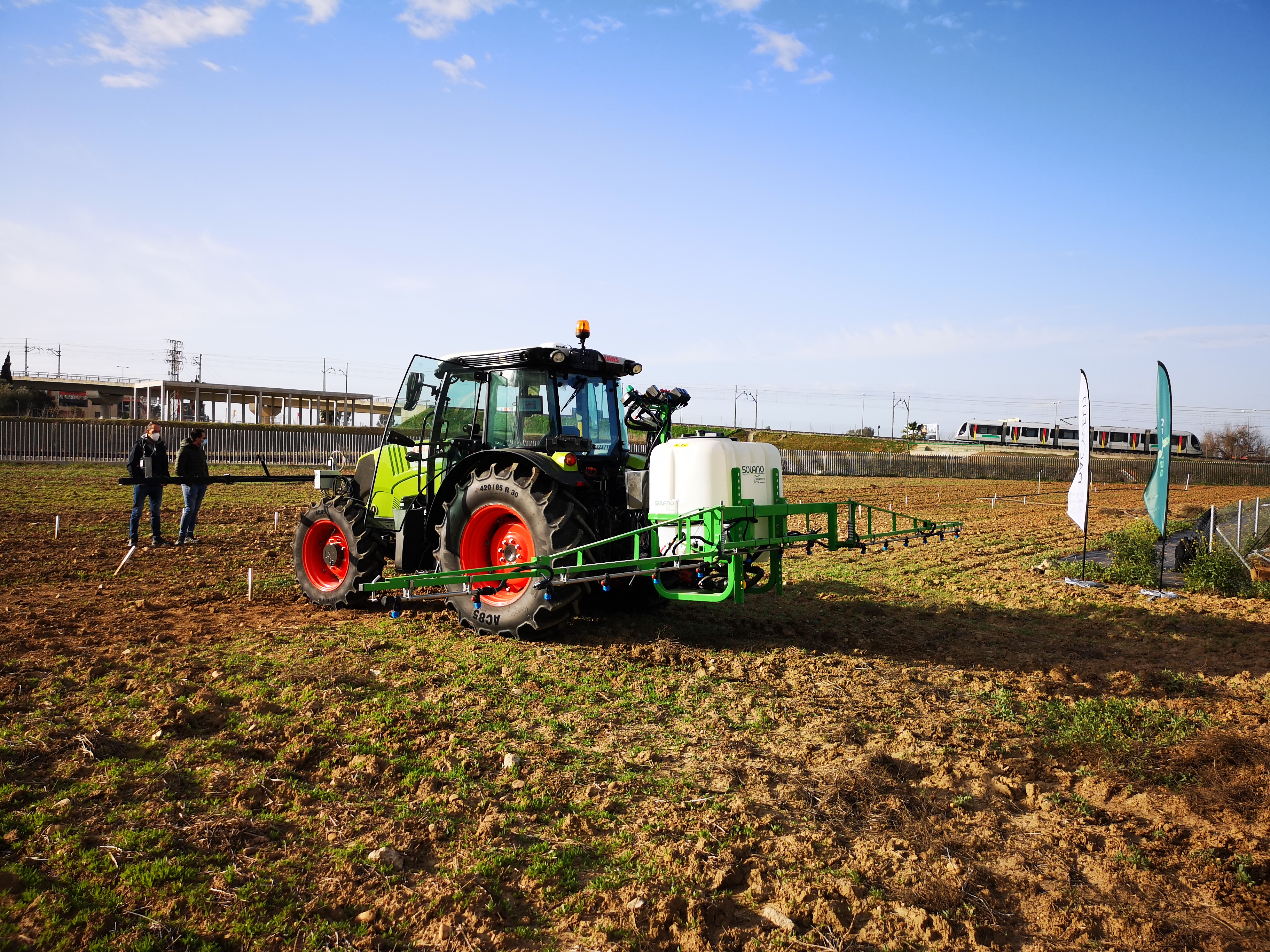
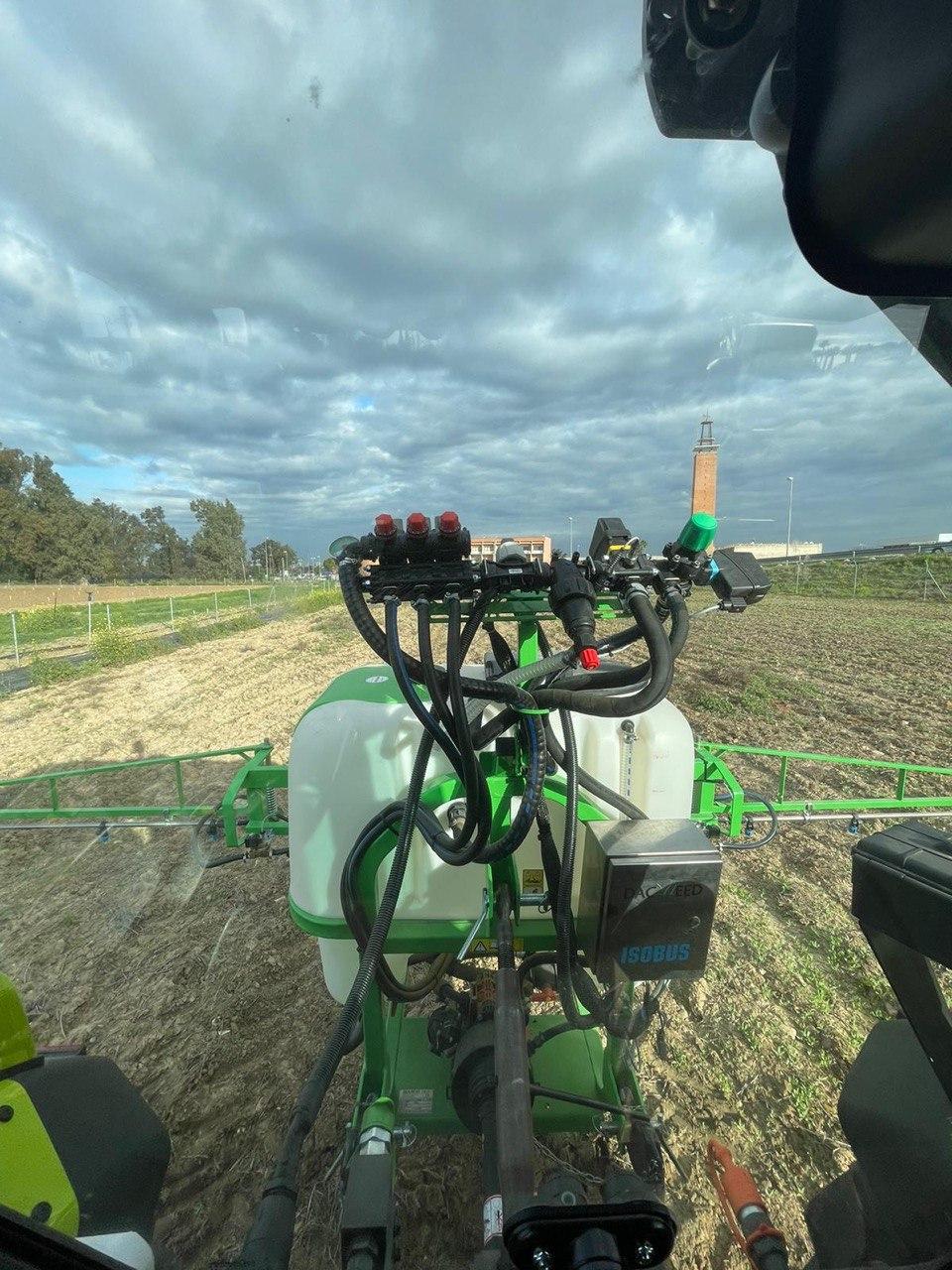
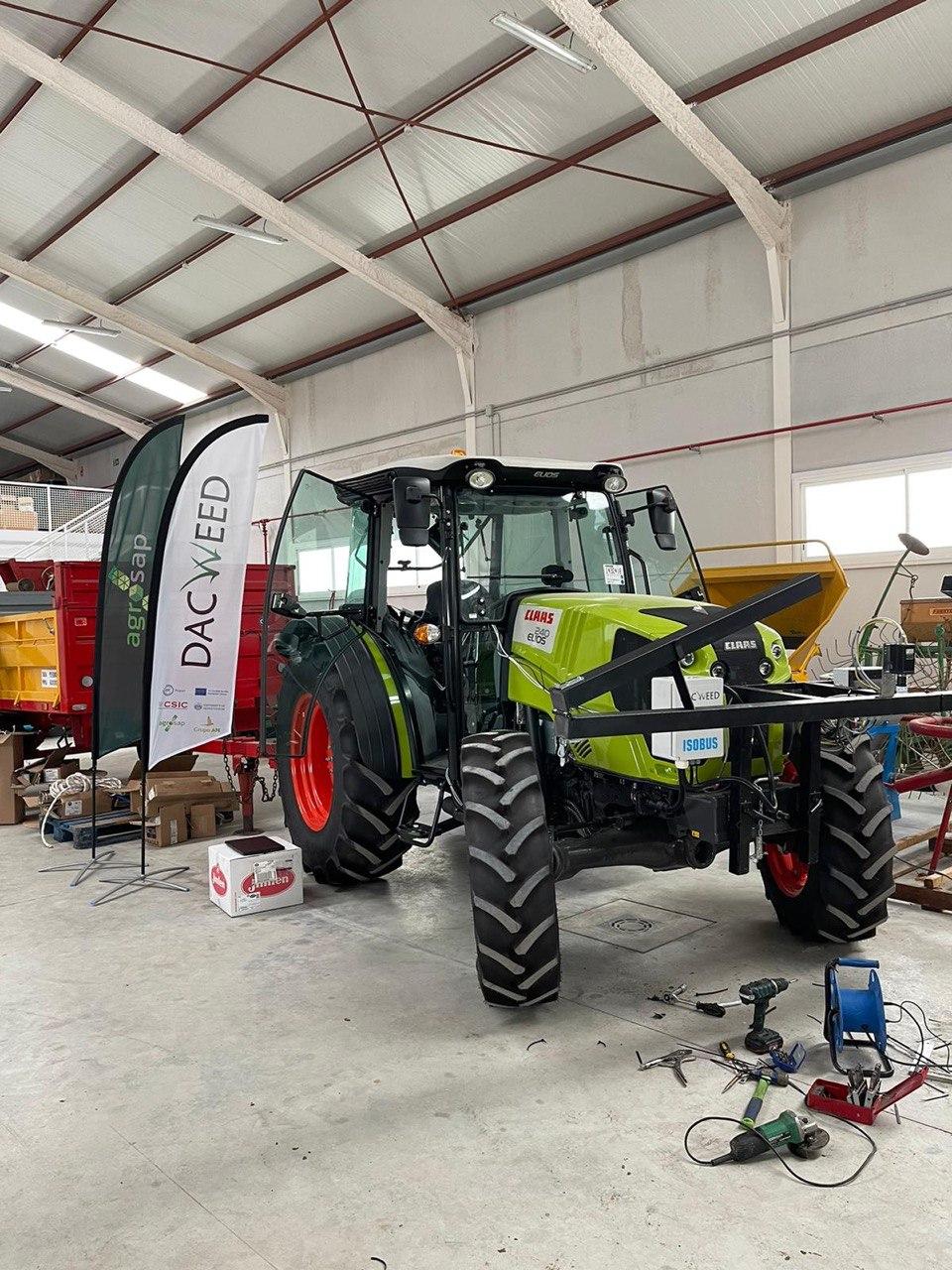
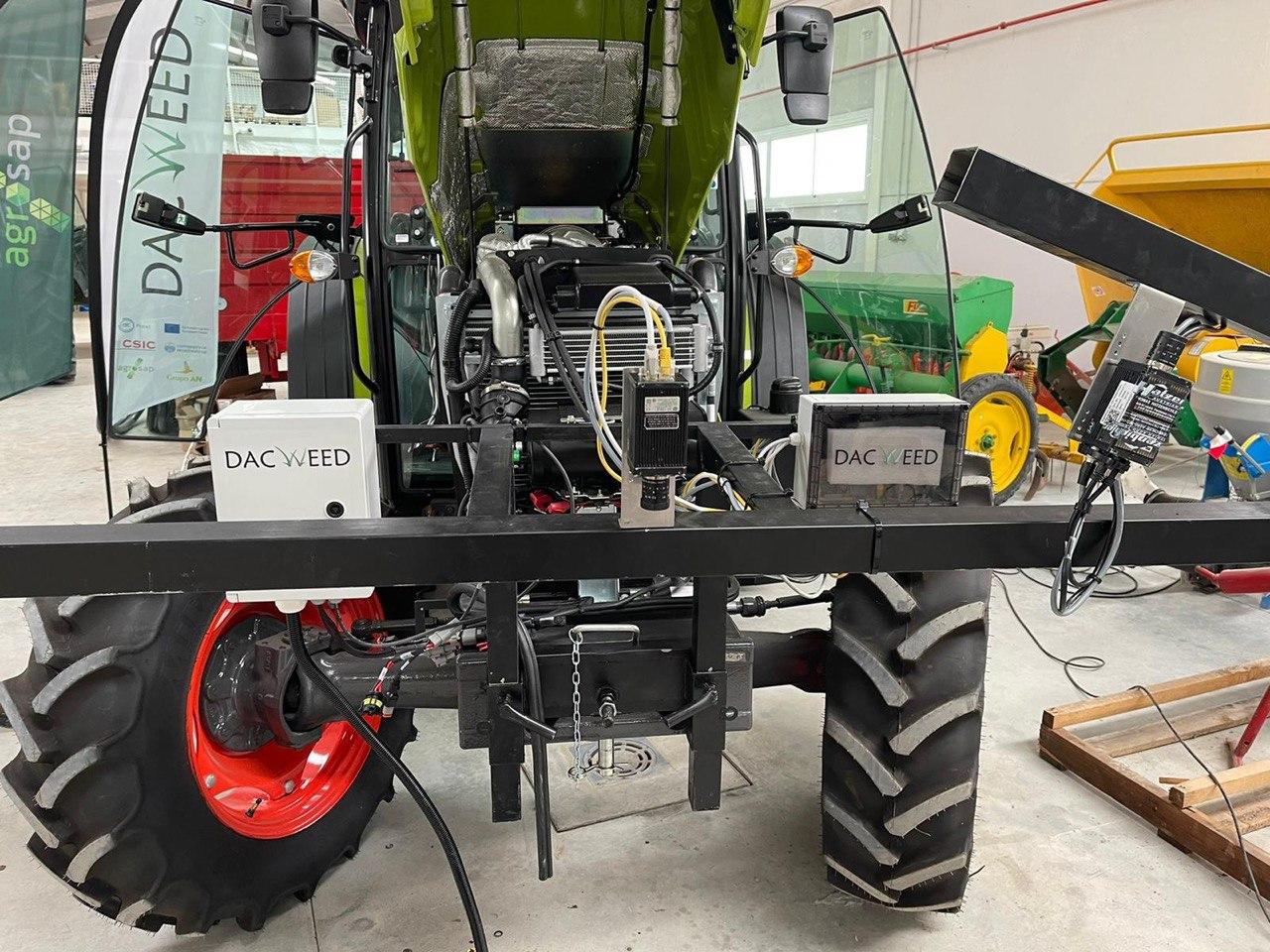
@Community of Madrid.The Centre for Automation and Robotics-Spanish National Research Council (CAR-CSIC) , 2022
Content licensed to the European Union.